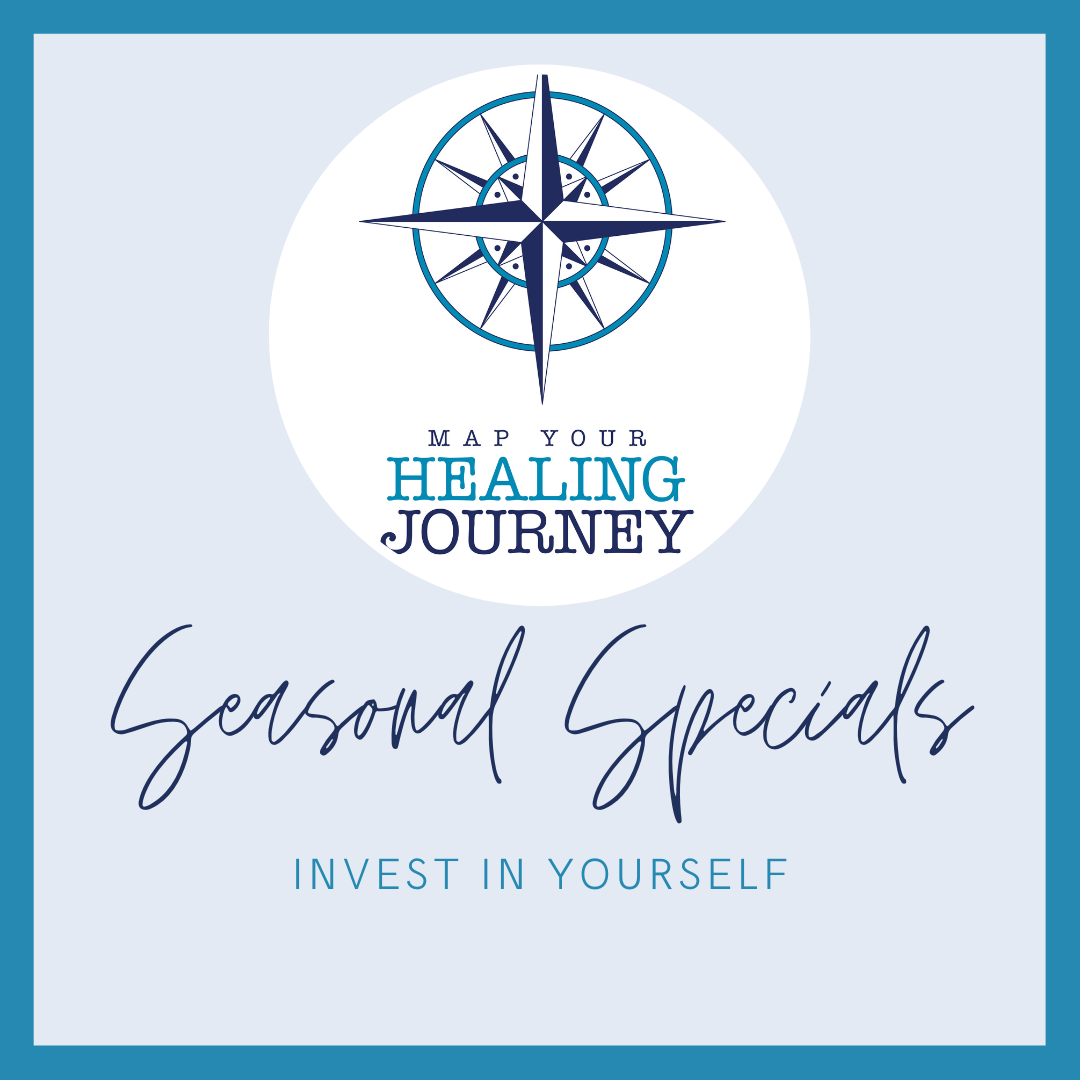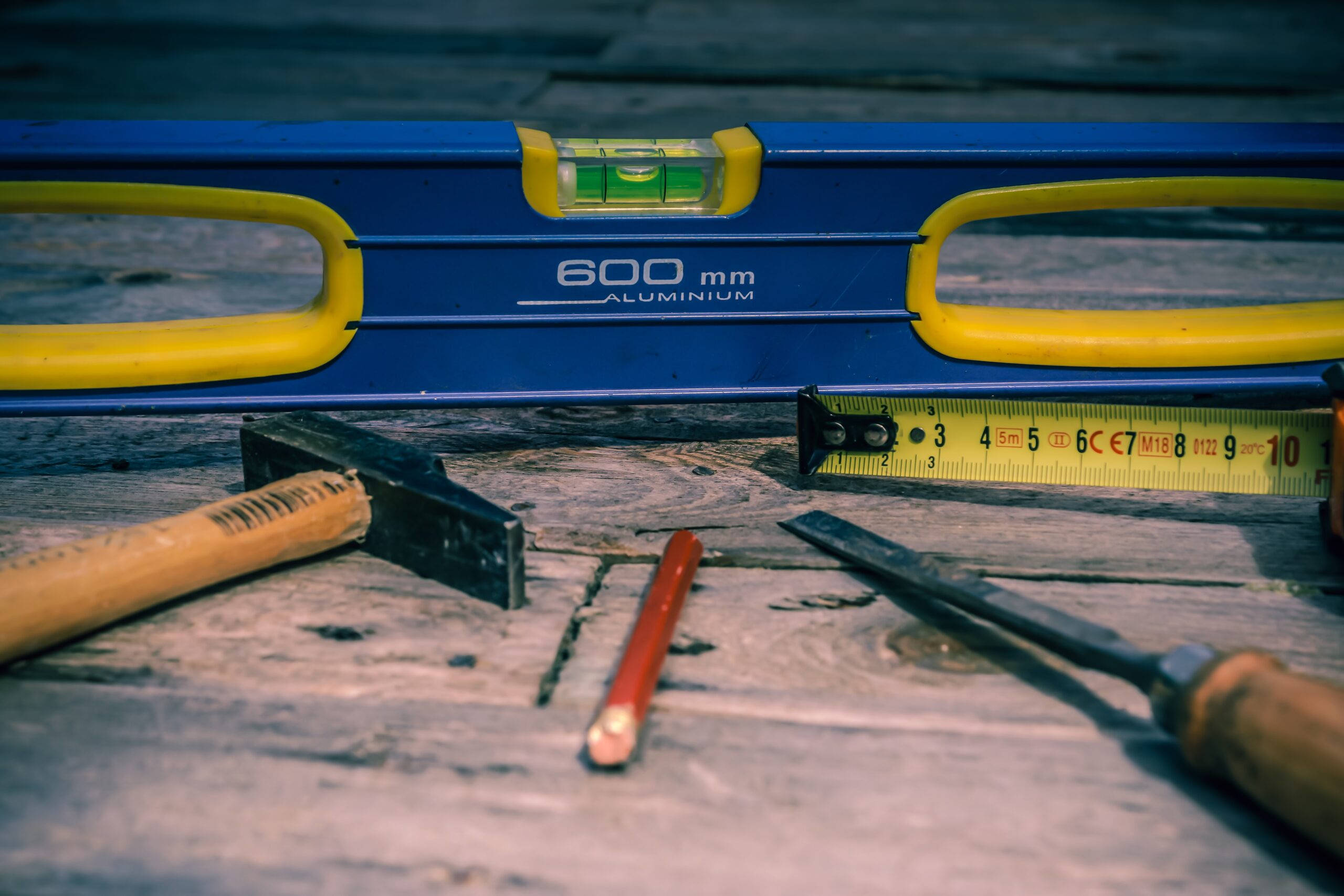I’ve had more than one person say to me, “Winter is coming.” And they weren’t talking about Game of Thrones.
While most people don’t like fall and winter, I love them. I find summer irritating. August is the worst. I have menopause and already feel like Satan is hugging me and have the flop sweats constantly; why do I want my environment to reflect that? I don’t.
Fall represents the start of quieter times. Muted light and soothing colors. Friendlier temperatures. A balance of sunny and rainy days. But I get the dread of this time of year, careening toward the holidays and darkness at 4 pm and cold and rain and snow.
If you are feeling the dread, I get it. You are not alone. And I’m here to tell you that there are advantages to Winter Depression.
Step Out of the Culture Chaos
Winter Depression* is a term that I call this feeling of UGH. We don’t want to do a lot. Not feeling motivated, and feeling tired. Wanting to spend more time in a blanket fort, reading or watching Netflix. Cutting down on social engagements and activities. Looking forward to spending down time with family and friends…quietly.
I’m telling you, we need Winter Depression.
Our culture actively works against our nervous systems, demanding a pace that nobody can expect to keep up with. We are told we are not enough, don’t have enough, and can’t do enough. We are encouraged to ignore our bodies’ signals and “push through” and “just do it” and “sleep when you’re dead.” Our culture pushes us to consume and give and sacrifice more-more-more.
This chaotic series of messages and demands are not what we need. They are, in fact, trauma responses.
Trauma responses are super tempting. They keep us busy-busy-busy, able to separate ourselves from our needs and the trauma and grief that we carry around. For awhile, at least. But sometimes we can only see and deal with our trauma and grief in the dark.
Roll With the Season
The great thing is that we can step away from that chaos. Take a step back and see the spiral for what it is, and acknowledge that living this way is not beneficial. Be curious about our needs and respond to them in gentle ways.
Winter is coming. The days are getting shorter and nights are getting colder. I had to put an extra blanket on the bed. As the leaves change into their final colors and fall, darkness may feel like it’s descending. It’s harder to go out and meet with people and take initiative to “do” things.
This is what fall and winter seasons are for. Have you ever thought about your life in terms of seasons? The most prominent for me was raising little kids, which was really hard on me with PTSD symptoms. Someone reminded me often that this time wouldn’t last forever. That time in my life was a season.
From a seasonal perspective, spring and summer are for gearing up and being active. Fall and winter are for rest, reflection, and restoration.
Wearing Winter Depression Like a Coat
Our nervous systems shift with the seasons. This type of nervous system shift with fall and winter is one of protection. What if we put it on like a coat and allowed it to protect us?
You know that graphic that says that “Depressed = Deep Rest”? There are a few of them floating around.
What if this winter depression that we can put on like a cozy coat is an opportunity to really know it feels like to rest? What if we learned how to protect our nervous systems during this slower time of year? We deserve love and care.
Going a step further, what if we used curiosity about how we’re feeling? What if we asked ourselves, “I feel sad about winter. What’s that about?” And see what bubbles up.
Winter Depression: Rest, Reflect, Restore
Surrendering to the seasonal changes can feel quite uncomfortable. I have my own trauma responses and live in a culture of escape and avoidance. Just sitting with ourselves as we slow life down can feel…weird. Restless. Emotionally itchy.
So don’t be surprised if it takes some time to settle in.
I don’t have any magic strategies, just stuff that I have used over the years to lower my harmful hormones and increase my happy hormones during this season.
*Schedule Downtime – our culture scoffs at downtime. Admit it, if you take time for yourself, you probably feel “guilty.” This is a trauma response. The truth is that your value is not based on your productivity. You are valuable. End of story. So schedule time every day and every week to do nothing except things that help you rest, reflect, and restore.
*Sleep – Take naps. At the very least, lie down. Cover yourself with a blanket. Chill out. Maybe bring a book with you and fall asleep reading it.
*Reframe – If you are taunted by thoughts of “not doing enough” and “being lazy,” you are not alone. A powerful tool is to observe these thoughts and reframe them. Say them out loud so that your brain can hear you. Here’s an example:
My brain’s recording: “You haven’t done anything all day, you are so lazy. Worthless.”
Me: I observe the message that I am lazy and worthless because I’m choosing rest. I am reframing this. I am not lazy or worthless. I am giving my body and nervous system the rest that it needs. I refuse to feel shame for taking care of myself.
*Have fun – When was the last time that we made fun a priority? As a trauma survivor, it took me years to discover what I liked to do for fun. I’m *still* discovering what I like to do for fun, because I’m a human, and humans change.
*Warm Up – Wrap yourself in blankets and feel the soothing weight of them. Get into a hot tub with epsom salts and let yourself relax. Warm up that winter depression and see how you feel.
*Invest in Touch – Book a massage or a pedicure or a manicure or all of the above. Feel how good it can be to take care of your body in these ways.
Rest, reflect, and restore during these darker winter months. You might find that you appreciate this season more than you thought you would.
*Important Note: I’m not talking about clinical or other types of depression. Please see medical and mental health professionals if you are having severe depressive symptoms and/or suicidal ideation.
Try Trauma Recovery & Grief Recovery Coaching
Sign up here to get a free copy of Five Things Every Trauma Survivor Needs to Know &
61 Tips About the Grief Experience.
Find out more about Trauma and Grief Recovery Coaching
I offer one-on-one sessions, groups, PTSD Remediation, and classes. Appointments are offered in-person and online.
Try Trauma Recovery and Grief Recovery Coaching for Free! Book an appointment or schedule your FREE 30-minute discovery call to learn more!















